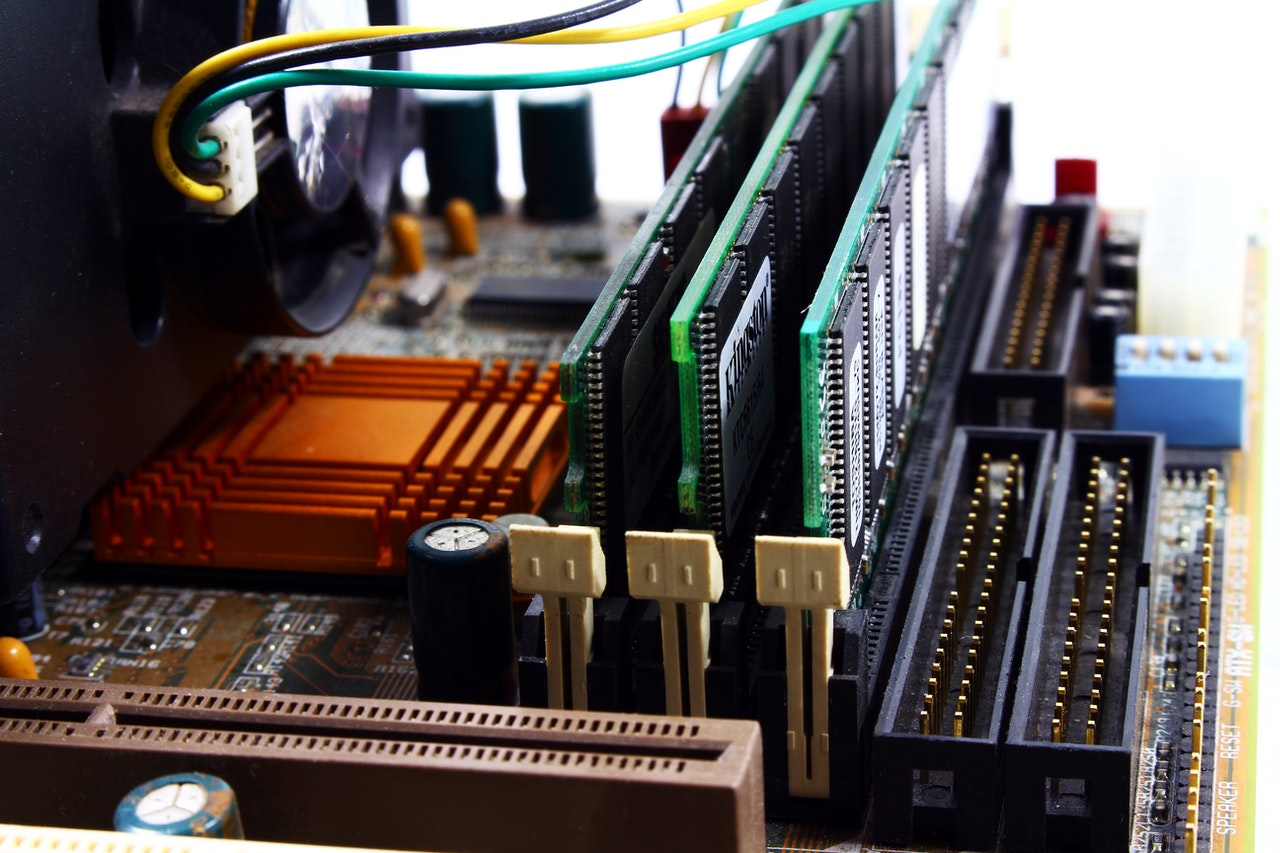What is RAM Memory? Types Of RAMs Used In Your PC

The RAM is a familiar component for all fans of the hardware, since it is a necessary component of both PCs and consoles or smartphones. But what types of RAM are there ? In this article we are going to tell you what are all the types of RAM that have existed, and the characteristics of each one of them.
Believe it or not, if you are reading this you are using a device that has RAM, of one type or another and of one capacity or another. RAM memory is an indispensable component in modern computing, as it serves so that the processor can store information it needs immediately and thus be able to access it quickly. But before we go around the bush, let’s get down to business.
Table of Contents
What is RAM memory?
It is acceptable to begin by explaining, even without going into much detail, what RAM is. RAM is an acronym of English, Random Access Memory or random access memory, and serves to provide the system with a virtual space necessary to handle information and solve problems at any instant. You can think of it as a piece of paper where notes are taken and then thrown away, or more accurately with the example, erased and then reused. The size of the RAM memory would be the size of that sheet of paper, the larger it is, the more number of notes we can take on it.
Types of RAM used in PC
Static RAM (SRAM)
It is one of the two basic types of memory (the other is DRAM, which we will talk about next). It began to be used in 1990 and today it is still present in digital cameras, routers or printers, but also in the cache memory of processors or hard drives. It is a type of memory that needs a constant flow of energy to function, so unlike dynamic RAM, it does not need to be “refreshing” to see what data it has inside, and that is why it is called Static RAM (static RAM ).
The advantages of this type of memory is that it consumes very little power and has very low access times. The disadvantages include that they have very low capacities, and rather high manufacturing costs.
Dynamic RAM (DRAM)
It is the other basic type of RAM memory, and it was used from the beginning of the 1970s to the mid-1990s. This type of memory needs a periodic “refresh” of the data inside because it has capacitors that periodically discharge, and lack of power means data loss. That is why it is called dynamic RAM.
The advantage of this type of memory is that it was cheaper to manufacture, and allowed for greater capacities. The disadvantages are that they have higher access times and consume more energy. In the 1990s, the EDO DRAM (Extended Data Out Dynamic RAM) memory was developed , followed by its evolution, the BEDO DRAM (Burst EDO DRAM) memory, with better consumption ratios and lower manufacturing costs. However, this type of technology became obsolete in favor of SDRAM memory.
Synchronous Dynamic RAM (SDRAM)
This type of memory works in sync with the processor, which means that it waits for the clock signal before responding, having the benefit of allowing the processor to execute orders in parallel. In other words, with this type of memory it is possible to accept a read command before having finished processing a write command . This process, known as “pipelining”, does not affect the time it takes to process instructions, but gives the possibility of executing several simultaneously.
This type of memory has been used since 1993 to the present day, both in computers and game consoles, and almost all of the following types of RAM are based on this type.
Must Read: Vpn Vs Antivirus which is best
Single Data Rate Synchronous Dynamic RAM (SDR SDRAM)
It is a type of memory that saw the light in 1993 and is still used today. It is an improved variant of SDRAM memory that improves the way it processes read and write information. Single Data Rate means that one read and one write instruction is executed for each processor clock cycle.
SDR SDRAM memory is basically the second generation of SDRAM memory, and it became known simply by this name as its use spread.
Double Data Rate Synchronous Dynamic RAM (DDR SDRAM)
This type of RAM surely sounds more familiar to you, since it is the type of memory that was standardized from the year 2000, and from here the following generations emerged: DDR2, DDR4 and the current DDR4.
It operates in the same way as the SDR SDRAM, only twice as fast, that is, it is capable of performing two read and two write instructions for each processor clock cycle . Although it is an improved version of the SDR SDRAM, it has physical differences since the number of pins is expanded from 168 to 184. This type of memory also operates at a different voltage (2.5V versus 3.3V for the SDR DRAM).
Within this type of memory, we find as we said a moment ago different versions, in addition to the “DDR” to dry:
- DDR2 SDRAM : Although it maintains the same number of operations per clock cycle (two read and two write), it is faster because it is capable of operating at higher speeds. The DDRs ran at 200 Mhz, while the DDR2s ran at 533 Mhz, with lower voltage (1.8V) and more pins (240).
- DDR3 SDRAM : multiple improvements over DDR2, which include more speed, capacity, lower consumption (1.5V) and higher operating speed (800 Mhz). Although it has the same number of pins as DDR2, these aspects make it not compatible.
- DDR4 SDRAM : improves performance again over DDR3 with higher speeds (1600 Mhz), capacities and works at lower voltage (1.2V). This type of SDRAM uses 288 pins, so it is not compatible with the previous ones either.
Graphics Double Data Rate Synchronous Dynamic RAM (GDDR SDRAM)
It is a type of memory specifically designed for video rendering, typically in conjunction with a GPU on a graphics card. Modern PCs are well known for being able to create complex 3D environments with graphics cards, requiring more and more memory, and faster. Like DDR memory, GDDR has several versions, up to GDDR6 , which is the current one.
Although GDDR memory shares many characteristics with DDR, they are not exactly the same. GDDR is optimized for video rendering, so bandwidth is a priority over latency. Think of DDR memory as a two-lane road where cars go 120 km / h, while GDDR is a 16-lane road, but you can only go 60 km / h.
RAM High Bandwidth Memory (HBM)
The HBM memory was conceived by AMD and SK Hynix, although currently AMD is out of the equation in favor of Samsung. It is a type of memory with layers stacked in 3D, with several matrices per stack, which allow data management with a much higher bandwidth, communicating the layers through TSV.






